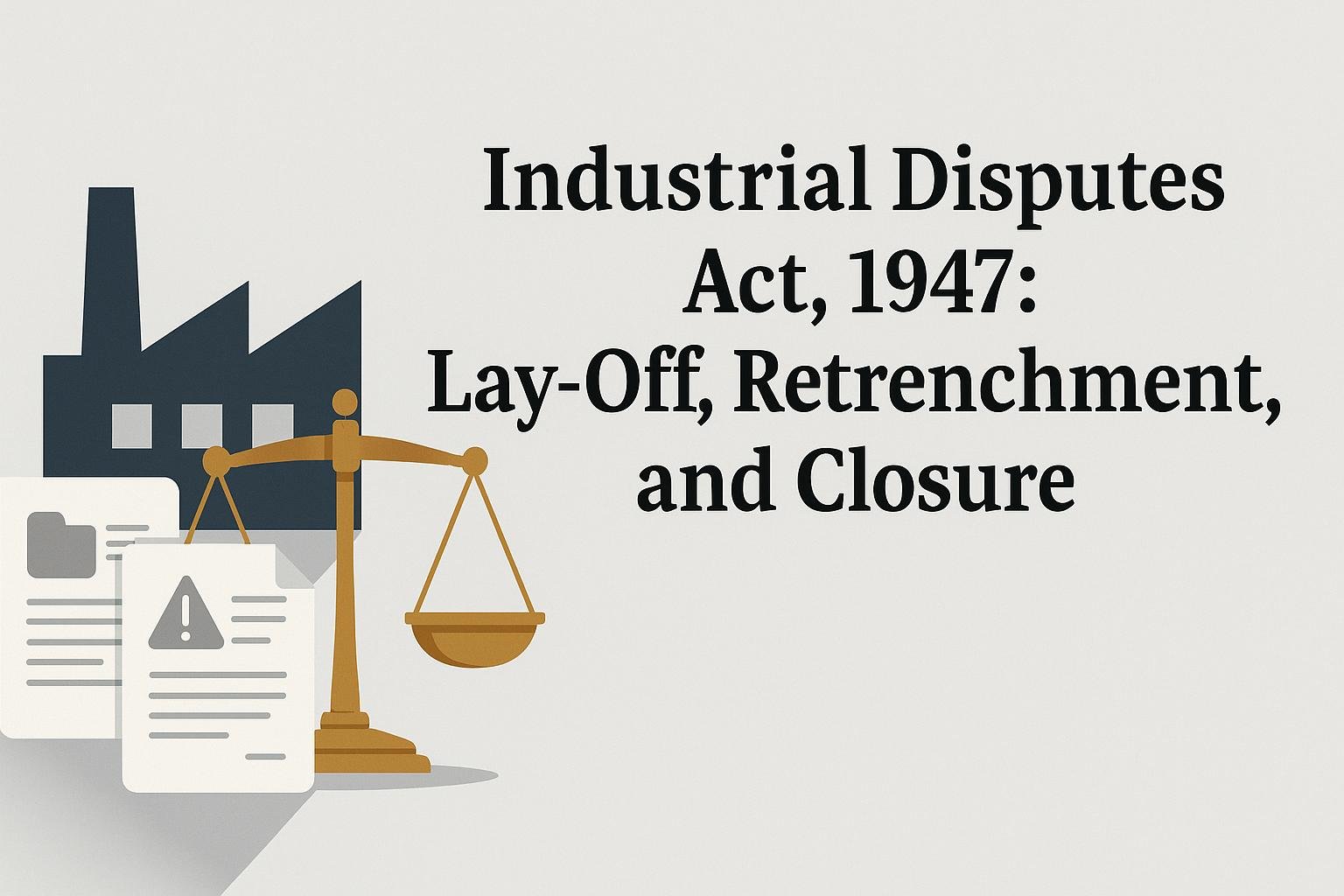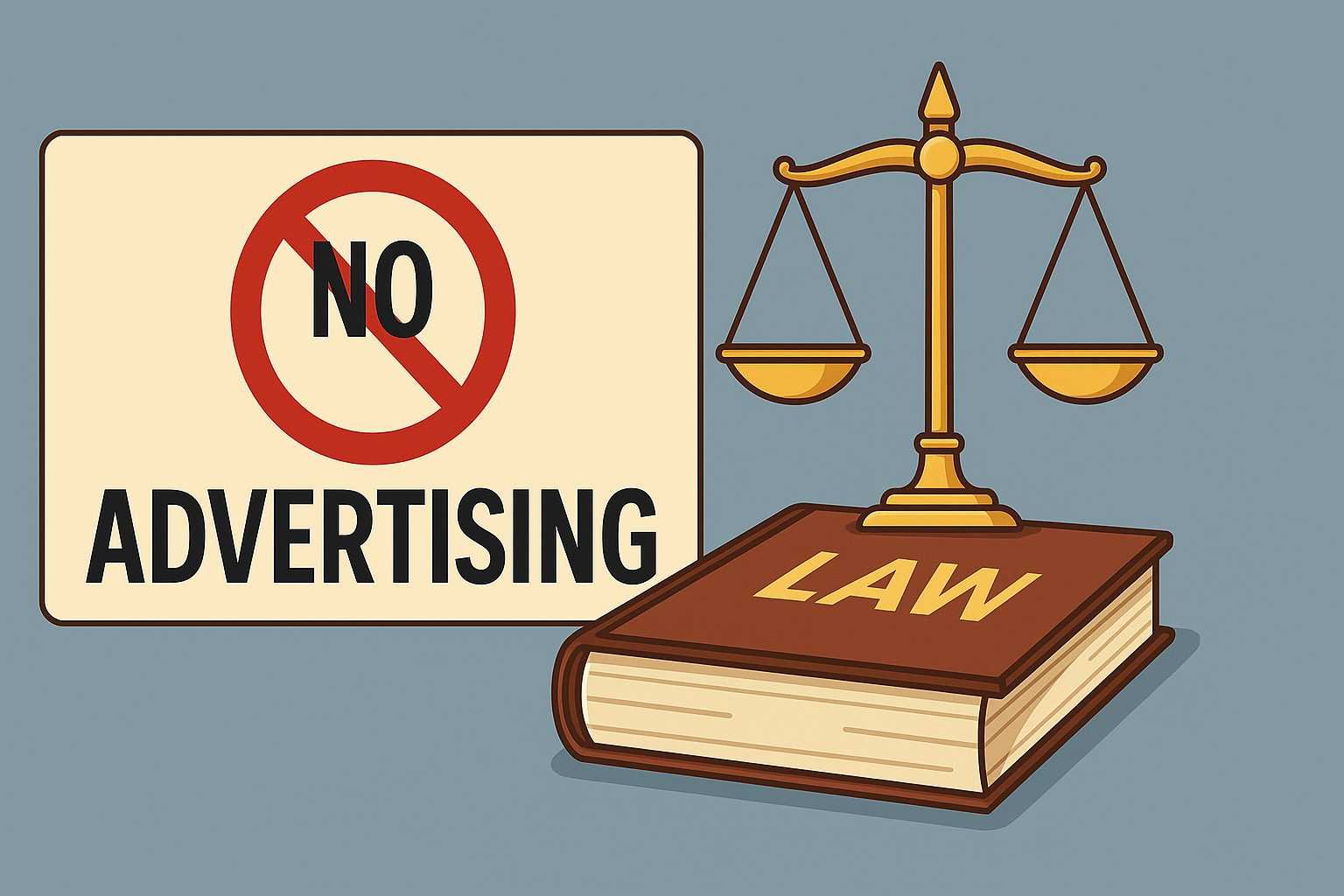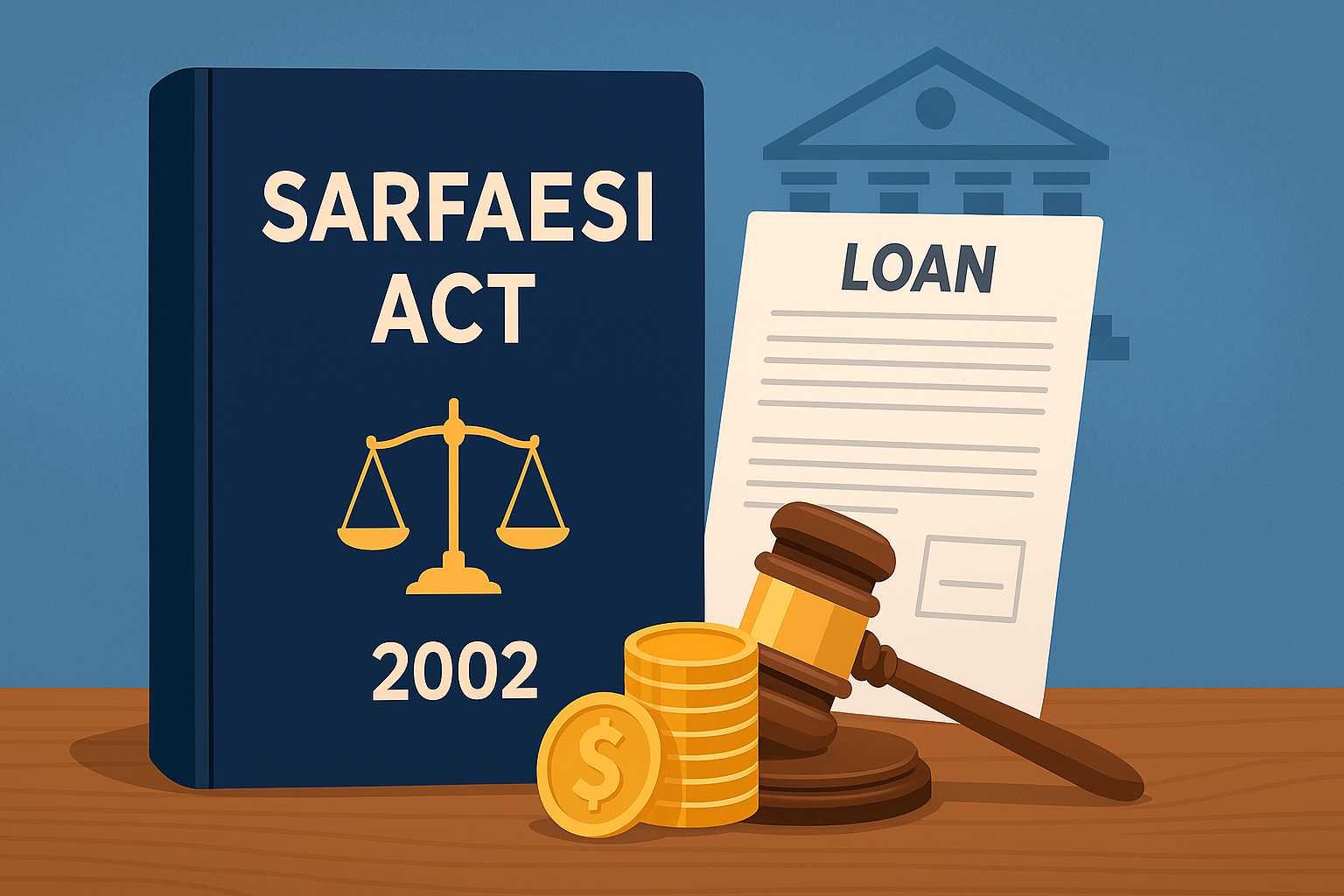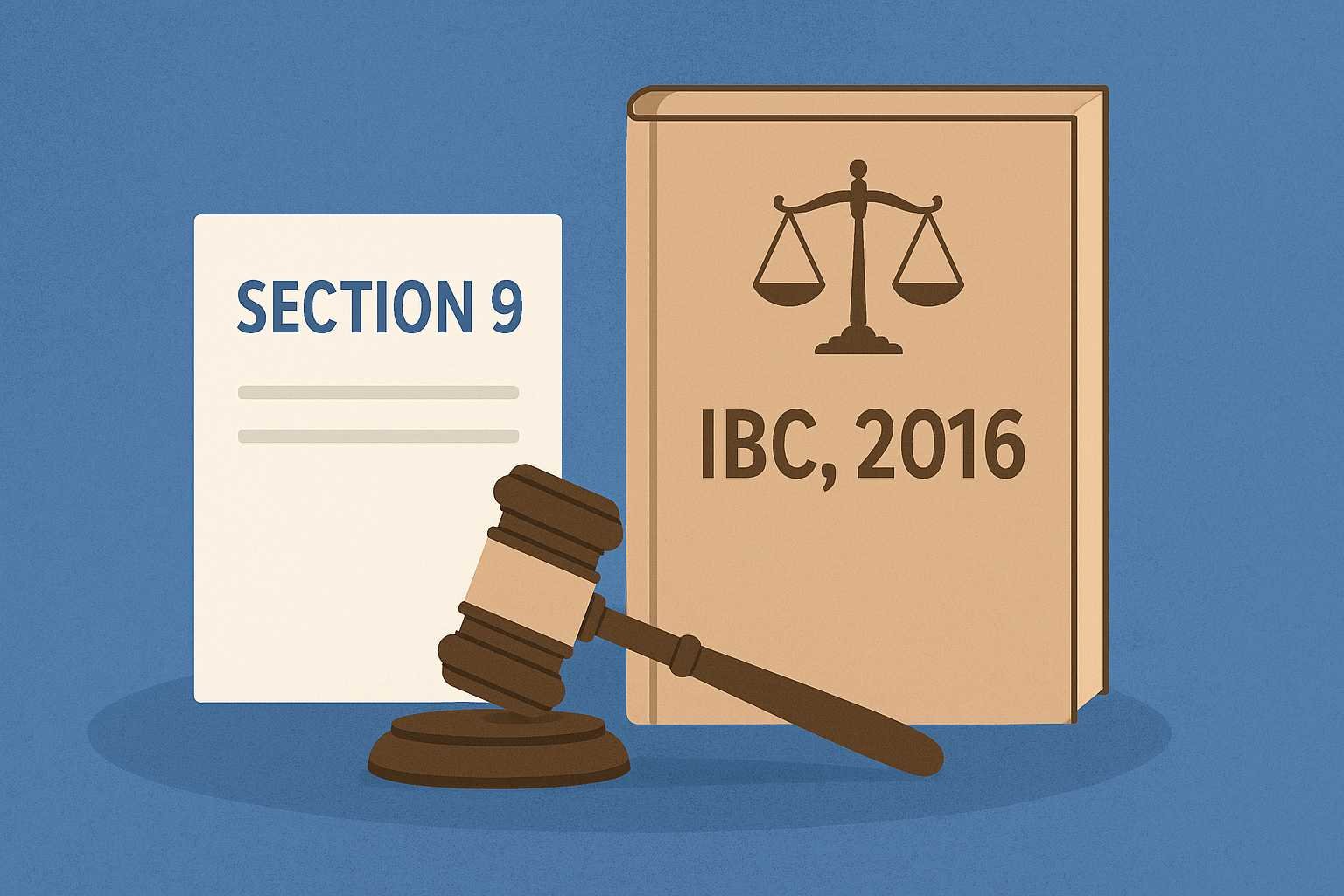On this page you will read detailed information about What happens to the Employees of an Insolvent/bankrupt company?
When a company goes bankrupt or becomes insolvent, the focus often falls on creditors, promoters, or shareholders—but the most immediate human impact is on employees. Salaries may stop suddenly, benefits may lapse, and the uncertainty about future employment looms large.
In India, the Insolvency and Bankruptcy Code (IBC), 2016 sets the framework for handling such situations. It defines the rights of employees and workmen, outlines how their dues are treated, and provides the order of payment when a company is liquidated.
Let’s break down, step by step, what actually happens to employees when a company becomes insolvent.
1. Understanding Insolvency and Bankruptcy in India
- Insolvency means a company is unable to meet its financial obligations—i.e., it cannot pay debts as they fall due.
- Bankruptcy is the legal state following an insolvency declaration, where formal proceedings are initiated under the IBC.
For companies, the process is called Corporate Insolvency Resolution Process (CIRP) and is governed by the Insolvency and Bankruptcy Board of India (IBBI) under the supervision of the National Company Law Tribunal (NCLT).
During CIRP, a Resolution Professional (RP) takes charge of the management, while the Board of Directors loses operational control.
2. What Happens to Employees During the Insolvency Process?
a. Suspension of Management
Once the NCLT admits an insolvency petition, the existing management is suspended. The RP runs the business during CIRP.
At this stage:
- Employees may continue working if the RP decides to keep the company as a “going concern”.
- Salaries for this period are treated as “insolvency resolution process costs”, which are top-priority payments under Section 53 of the IBC.
b. Temporary Continuity of Employment
If the RP believes the company can be revived, employees and key staff are usually retained to ensure smooth functioning.
However, if operations are not viable, the RP may terminate employment contracts following labour laws and company policies.
c. Suspension of New Benefits
Employee benefits like bonuses, incentives, or ESOPs are typically frozen. Statutory deductions like PF (Provident Fund), ESI, or gratuity remain protected under special laws.
3. Employees’ Claims Under the Insolvency and Bankruptcy Code (IBC)
Employees and workmen are recognized as operational creditors under Section 5(20) of the IBC.
They can file their claims directly to the Resolution Professional in Form D (for workmen) or Form E (for employees) as per the IBBI (Insolvency Resolution Process for Corporate Persons) Regulations, 2016.
Key rights include:
- Right to submit outstanding salary and benefits dues up to the insolvency commencement date.
- Right to be part of the Committee of Creditors (CoC) through a representative, if aggregated claims meet the threshold.
4. Priority of Employee Dues During Liquidation
If the resolution fails and the company proceeds to liquidation, the liquidator sells the company’s assets and distributes the proceeds according to Section 53 of the IBC.
The order of priority (the “waterfall”) is as follows:
- Insolvency resolution process costs and liquidation costs
- Workmen’s dues for 24 months preceding liquidation and secured creditors (pari passu)
- Wages and unpaid dues to employees other than workmen for 12 months preceding liquidation
- Unsecured financial creditors
- Government dues and remaining secured creditors (after enforcement)
- Other debts and shareholders
👉 This means that workmen and employees stand above unsecured creditors and the government in priority. However, they rank below insolvency costs and secured creditors.
So, if the company’s assets are insufficient, employees may not receive full payment, but they’re still higher in the repayment hierarchy than most others.
5. Treatment of Provident Fund, Pension, and Gratuity
One of the most crucial protections for employees lies in Section 36(4)(a)(iii) of the IBC, which excludes Provident Fund, Pension Fund, and Gratuity Fund from the liquidation estate.
This means:
- These funds cannot be used to pay off creditors.
- They belong entirely to employees and must be transferred or disbursed to them even if the company collapses.
In Jet Airways (India) Ltd. (2022) and Bhushan Steel cases, the NCLT reiterated that employees’ statutory benefits such as PF and gratuity remain protected irrespective of insolvency outcomes.
6. Severance, Notice Pay, and Compensation
When employment is terminated due to liquidation, employees may claim:
- Notice pay as per employment contracts or standing orders.
- Severance compensation under the Industrial Disputes Act, 1947 (for workmen) or as per the company’s HR policy.
However, these amounts become part of operational debts and are paid as per Section 53 priority. Only a portion may be recoverable if the company’s realizable assets are limited.
In the previous post, we had shared information about Industrial Disputes Act (1947): Lay-off, Retrenchment, and Closure, so read that post also.
7. What Happens to Employees During a Resolution or Takeover?
If a Resolution Plan is approved under Section 31 of the IBC, a new management (resolution applicant) may take over the company.
In that case:
- Existing employees may be retained, rehired, or laid off based on the plan.
- Salaries due before insolvency may be settled partially as per the approved plan.
- Future employment terms are renegotiated under the new owner.
For example, in Essar Steel (2019), the Supreme Court held that the CoC has commercial discretion to decide how much to pay operational creditors (including employees), provided the plan is fair and non-discriminatory.
8. Employees’ Role in Revival
Employees often play a vital role in keeping operations running during CIRP. The RP may classify them as “essential staff,” and their salaries for that duration become process costs, which must be cleared in full before any creditor gets paid.
Hence, cooperating during CIRP can increase both continuity and payment chances.
9. Employee Remedies Beyond IBC
While IBC provides the main legal framework, employees also have recourse to:
- Labour Courts / Industrial Tribunals under the Industrial Disputes Act, 1947 for wrongful termination or retrenchment.
- Employees’ Provident Fund Organisation (EPFO) for non-deposit of PF contributions.
- Labour Commissioner for unpaid wages (under the Payment of Wages Act, 1936).
- Employee State Insurance (ESI) authorities for withheld medical benefits.
These remedies operate parallelly unless the company is under a moratorium declared by NCLT (Section 14 IBC), during which new proceedings cannot be initiated—but existing statutory benefits remain protected.
10. International Comparisons and Indian Progress
In countries like the U.S. or U.K., employee claims often fall within priority unsecured debts, with government-backed insurance schemes (like the UK Redundancy Payments Service).
India doesn’t yet have a wage guarantee fund, but proposals are under discussion within the Ministry of Labour to create a National Wage Insurance Scheme for workers affected by corporate insolvencies—something experts expect could emerge within the next few years.
11. Key Supreme Court and NCLT Clarifications (2021–2025)
- Sunil Kumar Jain v. Sundaresh Bhat (2022) – The Supreme Court clarified that employees’ wages during the CIRP period are payable only if the RP used their services for running the company.
- Jet Airways Employees Association v. RP (2022) – Confirmed that PF and gratuity are excluded from liquidation assets.
- JIL Employees Welfare Association v. Jaypee Infratech (2023) – Employees are operational creditors and must be treated fairly in any resolution plan.
12. Practical Steps for Employees of an Insolvent Company
- Submit claims promptly (Form D/E) to the Resolution Professional within the prescribed window.
- Retain proof—salary slips, appointment letters, PF statements, emails of dues, etc.
- Track NCLT proceedings through IBBI/NCLT websites or public notices.
- Coordinate via employee associations to ensure collective representation in the CoC.
- File EPF and ESI complaints separately for statutory fund recovery.
Conclusion
When a company becomes insolvent in India, employees are no longer silent victims—they are recognized stakeholders with specific rights and statutory protections under the Insolvency and Bankruptcy Code, 2016.
While they may face temporary disruptions, the legal framework ensures that workmen’s wages, employee dues, PF, pension, and gratuity receive high priority and legal protection. The resolution or liquidation outcome determines how much they finally recover, but employees today have clearer processes and stronger safeguards than ever before.
In essence, bankruptcy may end a company’s journey, but employees’ rights do not vanish with it—they continue to stand protected by India’s evolving insolvency regime.
Disclaimer
The information and services on this website are not intended to and shall not be used as legal advice. You should consult a Legal Professional for any legal or solicited advice. While we have good faith and our own independent research to every information listed on the website and do our best to ensure that the data provided is accurate. However, we do not guarantee the information provided is accurate and make no representation or warranty of any kind, express or implied, regarding the accuracy, adequacy, validity, reliability, availability, or completeness of any information on the Site. UNDER NO CIRCUMSTANCES SHALL WE HAVE ANY LIABILITY TO YOU FOR ANY LOSS OR DAMAGE OF ANY KIND INCURRED AS A RESULT OR RELIANCE ON ANY INFORMATION PROVIDED ON THE SITE. YOUR USE OF THE SITE AND YOUR RELIANCE ON ANY INFORMATION ON THE SITE IS SOLELY AT YOUR OWN RISK. Comments on this website are the sole responsibility of their writers so the accuracy, completeness, veracity, honesty, factuality and politeness of comments are not guaranteed.
So friends, today we talked about What happens to the Employees of an Insolvent/bankrupt company?, hope you liked our post.
If you liked the information about What happens to the Employees of an Insolvent/bankrupt company?, then definitely share this article with your friends.
Knowing about laws can make you feel super smart ! If you find value in the content you may consider joining our not for profit Legal Community ! You can ask unlimited questions on WhatsApp and get answers. You can DM or send your name & number to 8208309918 on WhatsApp








